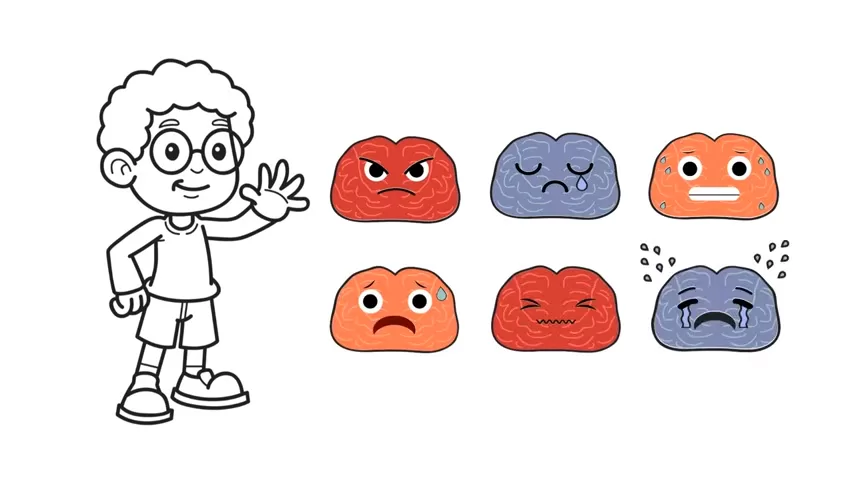Between the ages of 3 and 6, children undergo significant emotional transformations. They begin to recognize and name their own feelings, understand the concept of others’ emotions, and develop the ability to regulate mood and behavior. Emotional development at this stage lays the foundation for future success in school, relationships, and life in general.
Some key components of emotional maturity in preschoolers include:
- Identifying basic emotions (happy, sad, angry, scared)
- Empathy: noticing how others feel
- Emotional regulation: calming down after being upset
- Delayed gratification: waiting their turn or resisting impulses
- Expressing feelings with words instead of aggression
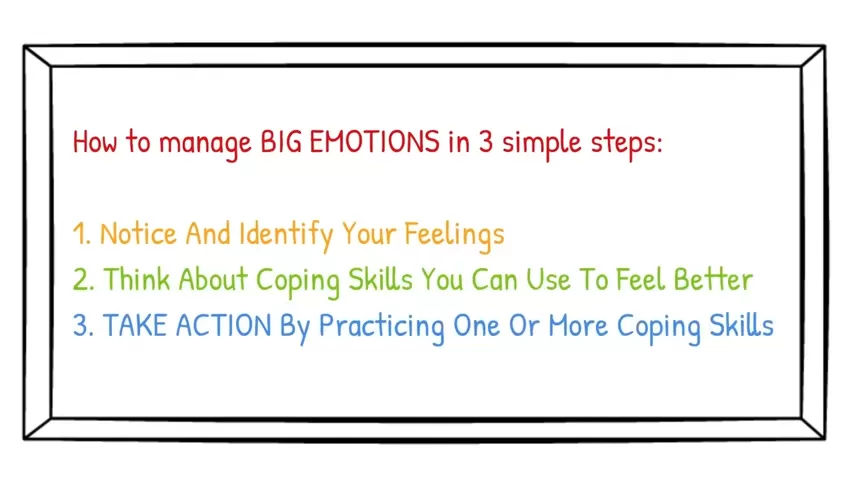
Influential Factors in Emotional Development
Several key factors shape a child’s emotional growth:
- Parent-child relationships: Warmth, consistency, and responsiveness promote secure attachment.
- Peer interaction: Playing with others helps children practice cooperation and emotional negotiation.
- Cultural context: Norms around emotional expression vary widely and influence what children learn is “appropriate.”
- Education setting: Preschools that emphasize social-emotional learning tend to produce more emotionally competent children.
- Modeling by adults: Children mimic the emotional reactions of parents, caregivers, and teachers.
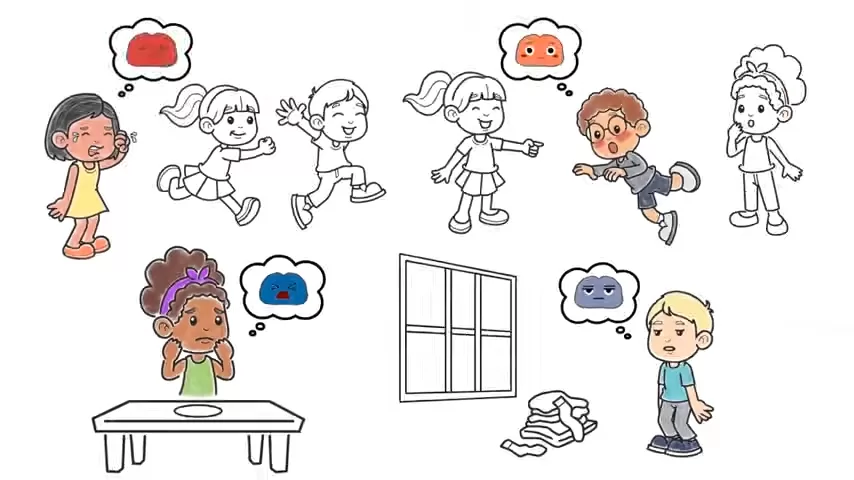
Signs of Delayed or Disturbed Emotional Development
Not all children develop emotional skills at the same pace. However, some red flags to watch for include:
- Frequent emotional outbursts without cause
- Inability to recognize basic emotions
- Poor impulse control beyond the norm for their age
- Extreme attachment or separation anxiety
- Aggression toward peers or adults
In these cases, early intervention from a child psychologist or counselor is recommended.
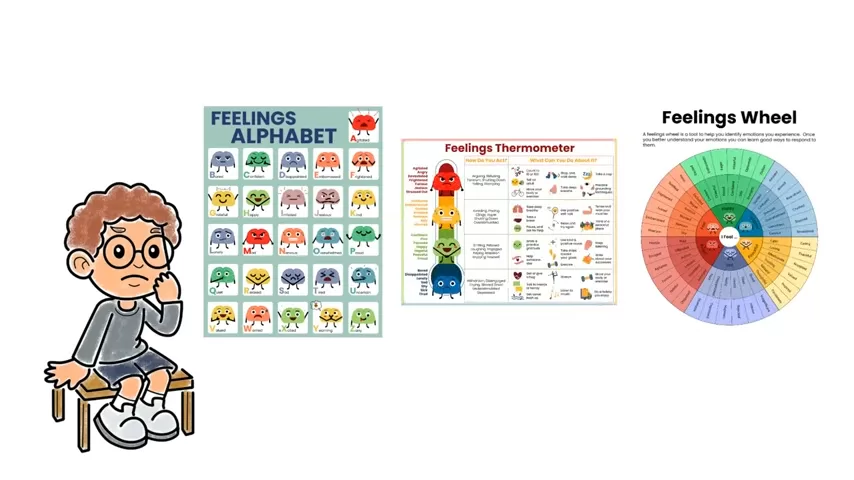
Practical Strategies to Support Emotional Growth
To foster emotional development in preschoolers, adults can use a number of structured and intuitive strategies:
- Emotion labeling: Help children name their emotions (“It looks like you’re frustrated.”)
- Routine and structure: Predictability creates a sense of safety, which supports emotional regulation.
- Social storytelling: Books and stories help children understand empathy and consequences.
- Conflict resolution coaching: Instead of solving disputes for them, guide children through resolving it themselves.
- Mindfulness practices: Simple breathing exercises and relaxation games can help kids slow down emotionally.
Educators can incorporate these into everyday classroom activities. Parents can use them at home with ease.
Emotional Education in Preschool Curricula
More preschools are now incorporating dedicated emotional education programs. These may include:
- Circle time for discussing feelings
- Emotion charts for tracking mood
- Role-playing games to practice empathy
- Positive reinforcement systems to reward emotional growth
Such efforts not only reduce behavior problems but also promote long-term mental health and learning readiness.
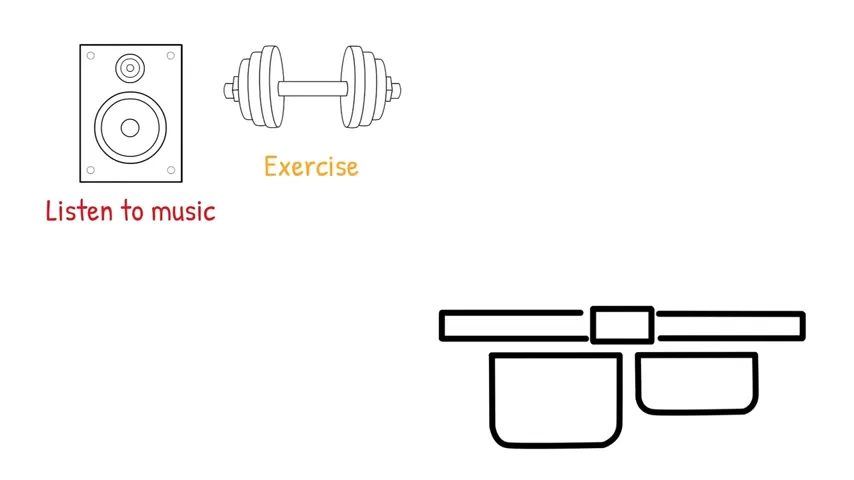
Collaboration Between Parents and Educators
Open communication between teachers and families ensures consistency in emotional learning. Simple tools like a shared “feelings journal” or behavior report can help both sides track progress and respond to challenges together. The article on https://moluch.ru/archive/159/124728/ emphasizes the importance of this joint responsibility in a child’s life.
Conclusion
Emotional development in early childhood is just as crucial as learning to read or count. It shapes a child’s ability to form relationships, respond to stress, and thrive in complex environments. Through mindful parenting, structured early education, and collaboration, we can raise children who are not only smart but also kind, self-aware, and emotionally strong.
